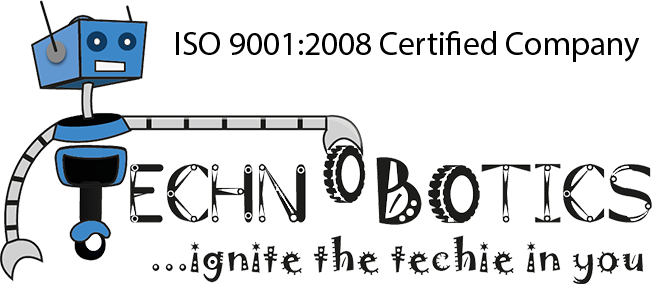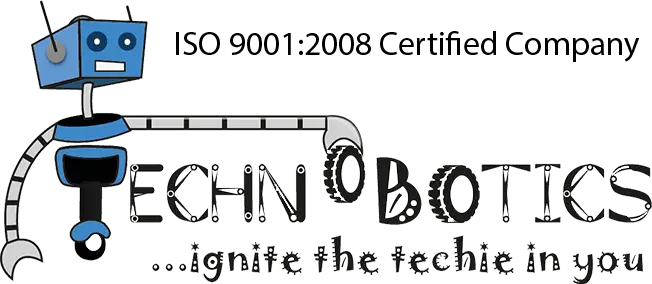Introduction:
In today’s rapidly advancing technological landscape, robotics is at the top of science and technology. It interests people all over the world. Nevertheless, robots are everywhere, from the initial “wow” that gets people interested to the complex “how” it works. The history of robots is truly amazing, overlapping with important parts of human development and thoughts. If you wonder how robotics went from wow to how, read the whole blog post carefully.
Maria Montessori's Planes Of Development - The Reasoning Mind
The Planes of Growth by Maria Montessori is a useful way to think about the connection between robots and the thinking mind. Kids naturally want to explore and find new things in their early years. It is similar to how robots first interested people. This “wow” moment starts the intellectual trip into the workings and depths of technology.
In an easy sense, the “reasoning mind” is a phrase used to describe brain growth in children aged between 6 years and 12. During this period, children are fascinated with the reasons behind facts and have a natural drive to understand and rationalise. They use this “reasoning mind” to discover and identify the facts behind superstition and conceptual problems.
Logical Thinking With Robots
Yes! It has been scientifically proven that Robotics is a way to improve your ability to think logically. Educational robots teach Kids useful skills like problem-solving, imagination, teamwork, and logical thought.
Logical thinking is a most underrated skill that robots teach, which are the tools that help make our work easy. Tools are made to fulfil our need to be built and used in a way that makes sense. Therefore, they follow the rules, steps, and rational patterns, which helps students or kids learn “how to solve problems in a planned way,” which is an important skill for both robots and humans.
Nevertheless, mostly 6-12-year-old kids are more into questioning minds and are always open to learning.
Robotics: Analytical Reasoning
Analytical reasoning or analytical thinking becomes a very crucial part of studying robotics. As robot fans learn more, they uncover the complex web of formulas, codes, and processes that make robots work. This analytical technique not only shows how complicated robotics really is, but it also improves brain skills by encouraging an orderly way of thinking that is needed to understand complicated systems.
On the other hand, robotics for kids learn how analytical reasoning is important to stand. To design and operate robots, you need to think ahead, plan, and know how the different parts work together. This is how you can build your analytical reasoning to be sharp. Robotics enthusiasts go on a trip that requires them to think strategically in order to imagine results and come up with effective ways to reach their goals.
Do Robots Help Develop Strategic Thinking?
Yes! Robots help us grow faster, encouraging students and everyone to think logically, analytically, and strategically.
But kids should also learn more about how it works and what to do with robotic and AI-based technology. Robotic technology improves the ability to think sharper and strategically, which will be important for making decisions and using technology in the future.
Technology can be used to solve problems, and robotics is a great example. It also helped millions of students to prepare research papers to score better in their studies. The trip into the world of robots, from the first “wow!” moment to figuring out “how,” is similar to the development of the thinking mind. This opens the way for innovation and human intelligence to work together in peace.
Making The Right Choice
Now that we’ve explored the strengths of both block-based and text-based coding, how do you make the right choice?
1. Consider Your Goals:
If you’re a beginner or introducing coding to young learners, start with block-based coding to build a strong foundation. If you aspire to pursue a coding career or develop more complex projects, transition to text-based coding.
2. Age And Experience Matter:
Younger learners often find block-based coding more accessible and engaging. Teens and adults with prior coding experience may start with text-based coding.
3. Progression Is Key:

Block-based coding can serve as a stepping stone to text-based coding. Begin with blocks and gradually transition to text when you’re comfortable.
4. Personal Learning Style:
Some learners thrive with visual, hands-on experiences (block-based coding). Others prefer the precision and control of text-based coding.
Technobotics: Your Coding Journey Starts Here
No matter your choice between block-based or text-based coding, Technobotics offers a holistic learning experience. With interactive projects, expert guidance, and a supportive community, Technobotics empowers learners of all ages to embark on their coding journey.
Final Thoughts:
The history of robots is interesting and similar to how our minds grow. Using Maria Montessori’s five stages of development as a guide, we can see how children go from being “Wow!” to know “How” in the field of robots.
This makes us think of a world where new technologies and people’s thinking skills work together to make progress in ways that have never been seen before. We should know all robots are created to improve our work, not to replace us.
As students engage in logical thinking, analytical reasoning, and strategic thinking through robotics projects, they embark on a journey of intellectual growth and problem-solving prowess. With resourceful workshops from Technobotics, this journey becomes not only educational but also profoundly inspiring while being entertaining.


